Packaging isn’t just a protective layer; it’s often the first physical touchpoint between your product and consumers. Whether you’re shipping snacks to customers across the country or presenting luxury goods in a physical retail setting, the type of packaging you choose can dramatically affect your product’s shelf life, brand perception, and even your bottom line.
This in-depth comparison of flexible vs. rigid packaging will shed light on their key differences, advantages, disadvantages, sustainability impact, and much more. As you read on, you’ll encounter statistics and insights, helping you make a data-driven decision for your packaging needs.
The Importance of Choosing the Right Packaging
The global packaging market is vast and continuously evolving, driven by consumer demands, sustainability concerns, and technological innovations. How you package your product can determine:
- Brand Perception: Premium packaging often translates to a premium product image, while more functional or minimal packaging might appeal to eco-conscious consumers.
- Cost Structure: Packaging accounts for material costs, manufacturing, transportation, and storage overhead.
- Environmental Footprint: Recycling capabilities, carbon emissions from transportation, and material sourcing are all influenced by packaging decisions.
Recent data indicates that:
- Flexible packaging accounts for 40% of the global packaging market, showing a steady 5% Compound Annual Growth Rate (CAGR) (MarketsandMarkets, 2023).
- Rigid packaging holds roughly 60% of the global market, largely due to its strong presence in the food and beverage sectors (Fortune Business Insights, 2023).
Finding the right balance between costs, sustainability, product protection, and consumer appeal is at the core of choosing between flexible and rigid packaging.
Understanding Flexible Packaging
Flexible packaging refers to packages made from easily pliable materials that can bend, fold, or change shape without breaking. Because this type of packaging adapts to the product’s form, it offers a snug fit, which can be especially useful for optimizing space and reducing material waste.
Definition
Flexible packaging encompasses any package or part of a package whose shape can be readily changed. Its lightweight nature makes it cost-effective to produce and transport, while still ensuring adequate product protection and shelf appeal.
Common Materials Used
- Plastic films – Often PET, PE, or PP films, known for durability and clarity.
- Foils – Commonly aluminum-based, providing excellent barrier properties against oxygen, moisture, and light.
- Paper – Can be used alone or in combination with other materials to add structure.
- Laminates – Multi-layer constructions that combine paper, plastic, and/or foil for enhanced functionality, such as resealability or puncture resistance.
These materials collectively offer versatility and minimal weight, making them ideal for a wide range of consumer goods.
Typical Applications
Flexible packaging shines in industries where convenience, portability, and cost-effectiveness are crucial:
- Snack bags – Chips, crackers, granola
- Pouches for liquids – Juices, sauces, soups
- Wrappers for candies – Chocolates, gummies, mints
- Sealed sachets for powders – Spices, instant coffee, protein powder
- Plastic candy pouches – Eye-catching designs that also protect contents
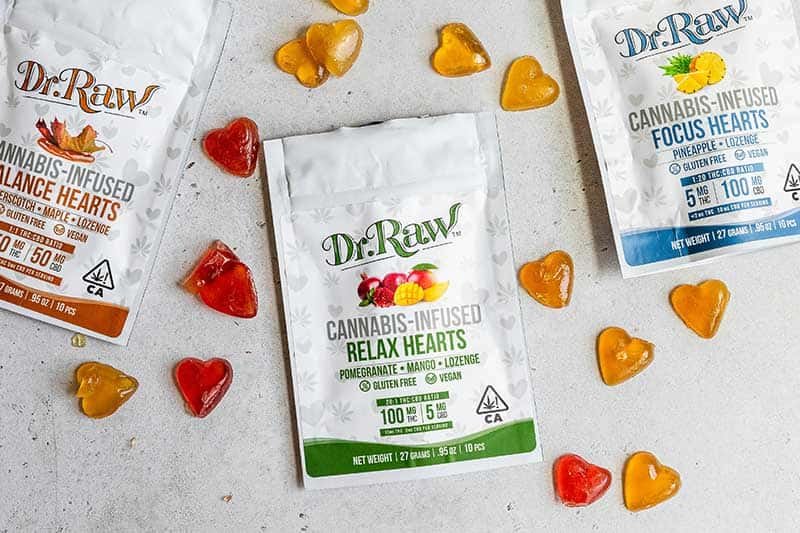
Given its adaptability and light footprint, flexible packaging often suits products that need easy transport and quick consumption. This format has become especially popular in e-commerce, where dimensional shipping costs can significantly impact profitability.
Characteristics of Flexible Packaging
- Lightweight and Space-Saving: Because it’s thin and foldable, flexible packaging uses minimal shelf and storage space.
- Adaptive Shapes: Pouches, wraps, sachets, and vacuum-sealed bags can conform to various product forms.
- Cost-Efficiency: On average, flexible packaging is 20-30% cheaper than rigid packaging (Packaging Europe, 2023) due to reduced material usage and lower transportation costs.
Market Overview
According to Statista, the rise of e-commerce has boosted the demand for flexible packaging by 35% over the past five years. Its convenience—particularly in single-use, on-the-go items—caters to modern lifestyles, while developments in barrier technology have expanded its usage to products requiring extended shelf life.
Sustainability Considerations
Flexible packaging is lighter and often more resource-efficient to produce than rigid alternatives. However, its multi-layer composition can be challenging to recycle—only about 60% is currently recyclable according to the Eco Packaging Survey, 2023. Ongoing innovations aim to create mono-material flexible options or improve recycling processes.
Understanding Rigid Packaging
Rigid packaging involves containers made from firm, inflexible materials. Unlike flexible packaging, rigid options maintain their shape regardless of how much or how little product is inside, offering robust protection and structural integrity—an important factor for certain product categories.
Definition
Rigid packaging retains a consistent form, giving products a stable, premium feel. It’s typically associated with high durability, which can be crucial for preventing damage to fragile or sensitive items during transportation and extended storage.
Common Materials Used
- Corrugated cardboard or chipboard (rigid box packaging) – Ideal for shipping boxes or premium gift boxes.
- Glass – Frequently used for food jars, beverages, cosmetics, and pharmaceutical products.
- Metal (aluminum cans) – Common in the beverage industry and for canned goods.
- Hard plastics – PET, HDPE, and polypropylene containers for various consumer goods, from household chemicals to beverages.
These materials offer greater physical protection and can often be recycled (sometimes multiple times), furthering sustainability goals when managed properly.
Typical Applications
Because of its durability, rigid packaging is often chosen for products requiring stronger protection or a premium unboxing experience:
- Glass jars for food preserves – Pickles, jams, sauces
- Plastic bottles for beverages – Water, soft drinks, juices
- Cardboard boxes for electronics – Phones, laptops, accessories
- Rigid paper boxes for premium cosmetic sets – Perfumes, skincare collections
- Metal cans for soups – Shelf-stable packaging that prevents spoilage
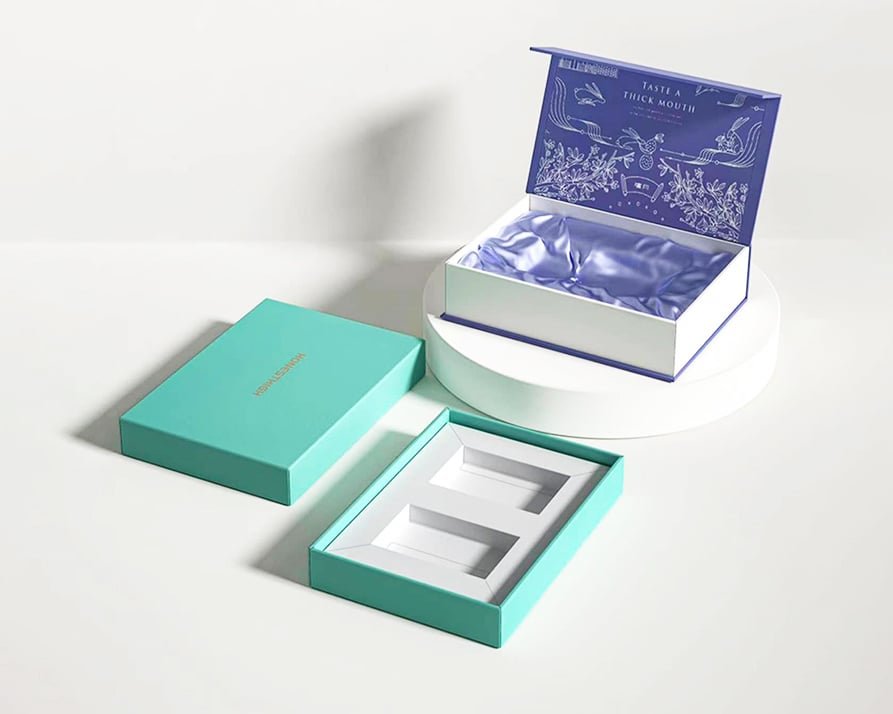
This format caters to items that are sensitive, heavy, or need a longer shelf life, ensuring minimal risk of contamination or breakage. In many cases, rigid packaging also contributes to a luxurious brand image, enhancing consumer perception of quality.
Characteristics of Rigid Packaging
- Sturdy and Durable: It offers robust protection, crucial for fragile or high-value goods.
- Premium Look and Feel: Solid packaging often conveys quality, enhancing the unboxing experience.
- High Recyclability: Rigid materials—such as certain plastics, metal, and glass—can achieve recyclability rates of up to 90% (Eco Packaging Survey, 2023).
Market Overview
Despite the growth in flexible solutions, rigid packaging retains around 60% of the global market share, heavily influenced by food and beverage demands. Some segments, like carbonated soft drinks, continue to rely on rigid containers for structural stability and consumer familiarity. Rigid packaging is projected to reach a market value of $800 billion by 2024, showcasing its enduring significance in various industries.
Sustainability Considerations
Rigid packaging usually has more established recycling streams—especially metals, glass, and certain sturdy plastics like HDPE or PET. Yet, the energy and materials required to produce and transport rigid forms can be higher. Balancing the advantages in recyclability with resource usage is key to understanding its full environmental footprint.
Key Differences Between Flexible and Rigid Packaging
Choosing between flexible and rigid packaging isn’t a one-size-fits-all affair. Different product categories, consumer expectations, and logistical setups may favor one over the other.
Structure and Form
- Flexible: Easily conforms to product shape, can collapse or expand as needed.
- Rigid: Maintains a defined shape, offering structural integrity and a sense of sturdiness.
Weight and Transport Efficiency
- Flexible: Lightweight, often more cost-efficient to ship. Less packaging material can translate to lower carbon emissions.
- Rigid: Heavier and bulkier, potentially raising shipping costs. However, it can stack easily, optimizing certain storage configurations.
Recyclability and Sustainability
- Flexible: 60% recyclability rate, with ongoing improvements aimed at single-material solutions.
- Rigid: 90% recyclability for materials like plastic, metal, or glass in well-established recycling systems.
Branding Implications
- Flexible: Allows unique shapes and transparent windows. 70% of consumers prefer transparency to see the product inside (Packlane).
- Rigid: Often associated with premium branding, offering a sturdy, high-quality feel that can elevate brand perception by 30% (Brand Packaging Study).
| Features | Flexible packaging | rigid packaging |
|---|---|---|
| Material & Structure | Plastic films, foils, paper | Corrugated cardboard or chipboard, glass, metal |
| Cost Implications | Cost-effective, lightweight | Higher production costs, premium appearance |
| Durability & Protection | Moderate protection | Superior protection, longer shelf life |
| Customization & Branding | Versatile designs, convenience | Premium finishes, strong branding |
| Product Type & Requirements | Convenience, portability | High protection levels, durability |
| Budget Considerations | Cost-effective production | Higher production costs, premium appeal |
| Consumer Preferences | Convenience, vibrant designs | Durability, premium feel |
| Distribution & Storage Needs | Lightweight, space-efficient | Superior protection, storage challenges |
| Sustainability | Reduced waste, energy-efficient | Recyclable, durable materials |
Advantages of Flexible Packaging
Cost-Effectiveness
Many companies opt for flexible solutions due to their cost advantage. Lower material usage (thin films vs. thick plastic or metal) and reduced weight mean cheaper production and distribution. This matters especially in industries with tight margins or frequent product releases, such as snack foods, pet treats, and personal care samples.
Lightweight and Space-Saving
Flexible packaging’s compact nature can significantly decrease storage and shipping expenses. This is vital for e-commerce businesses facing dimensional weight charges. Additionally, easy foldability means more units can fit onto a pallet or in a transport container, lowering per-unit shipping costs.
Consumer Appeal for Visibility
Transparent or semi-transparent pouches allow shoppers to view the product, building trust. This advantage has contributed to flexible packaging’s surge in popularity, especially for items like dried fruits, nuts, candies, and meal kits—consumers appreciate seeing what they’re buying.
Adaptive Innovation
Many packaging companies—about 50%—are investing in advanced materials for flexible formats (Innovation Packaging Report). These developments include improved barrier layers to extend freshness for perishable goods, resealable zippers, spouts, and specialized printing that supports brand storytelling.
Advantages of Rigid Packaging
High Protection and Durability
Rigid packaging excels at safeguarding products against physical damage—crucial for fragile items like electronics, glassware, or sensitive devices. Because of its solid structure, it’s less likely to be punctured, dented, or crushed during transit.
Recyclability and Sustainability
Rigid materials often benefit from well-established recycling programs. Metals (e.g., aluminum cans), glass containers, and certain plastic jars are widely accepted at recycling facilities. This infrastructure helps brands meet sustainability goals more easily, especially in regions with advanced waste management.
Premium Brand Perception
A sturdy, well-designed rigid box or container can significantly enhance product and brand image. In markets like luxury cosmetics, high-end chocolates, or upscale beverages, an elegant rigid container can convey exclusivity and justify a higher price point.
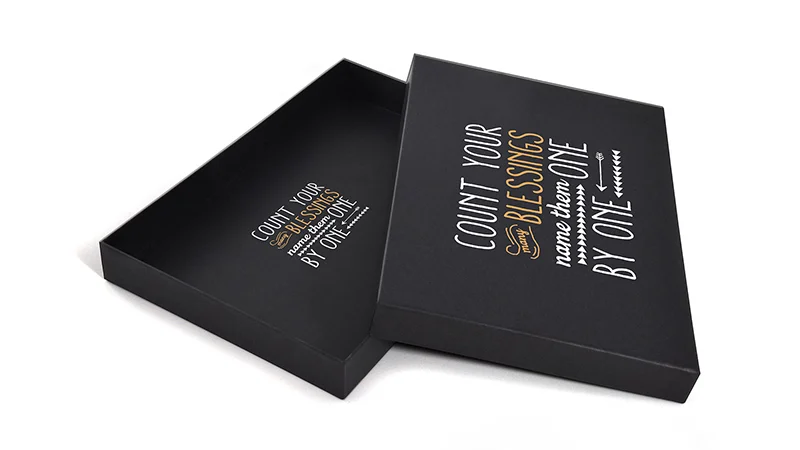
Disadvantages of Flexible Packaging
Lower Recyclability
Although flexible packaging is improving in terms of eco-friendliness, multi-layer films remain challenging to recycle. The Eco Packaging Survey, 2023 notes only 60% of flexible formats find their way into recycling streams, often depending on municipal capabilities and consumer compliance.
Less Structural Rigidity
Fragile products may need additional protective layers (bubble wrap, cardboard inserts), raising costs or complicating the consumer experience. Certain items simply demand a sturdier container to prevent damage during warehousing or transportation.
Limited Premium Feel
While flexible pouches can be eye-catching, they’re sometimes perceived as less luxurious. For high-value goods—such as perfumes, artisanal foods, or premium electronics—consumers often equate rigid materials with a higher level of quality or exclusivity.
Disadvantages of Rigid Packaging
Higher Cost and Weight
Rigid materials can be expensive to manufacture and transport. Additional features—like foam inserts or specialized closures—compound these costs. Companies operating in highly competitive markets with low price margins might find these expenses unsustainable.
Storage and Shipment Inefficiency
Rigid packaging demands more space during shipping and storage. Even empty containers can be bulky, elevating inventory costs. For companies scaling rapidly or dealing with limited warehouse capacity, flexible solutions might offer a more space-efficient alternative.
Less Versatile in Shape
While many shapes exist for rigid containers—jars, boxes, bottles—customizing these shapes is typically more complex and costly. Flexible packaging can be tailor-made into an array of forms more quickly, supporting brands that frequently refresh product lines or launch seasonal variants.
Factors to Consider When Choosing Between Flexible and Rigid Packaging
Product Type and Nature
Different products have unique packaging needs. Dry snacks, cereals, or personal care sachets often thrive in flexible forms, while premium liquor, delicate electronics, or fragile glass items necessitate sturdier containers.
Shelf Life and Protection Needs
Extended shelf life might require vacuum-sealed or retort pouches (flexible) or robust canisters (rigid), depending on product sensitivity. Consider the storage environment, temperature fluctuations, and fragility factors.
Branding and Aesthetic Requirements
Brand positioning can heavily influence packaging choices. Luxury products might benefit from the heft of a rigid package, which can enhance perceived value. On the other hand, transparent windows in flexible bags can highlight product quality, appealing to health-conscious or ingredient-focused consumers.
Cost Considerations
Flexible packaging can be 20-30% cheaper (Packaging Europe), but factor in the entire cost of ownership—shipping, production volumes, potential design complexity, and possible protective inserts.
Sustainability and Environmental Impact
Rigid packaging’s 90% recyclability appeals to many eco-minded brands, but flexible materials reduce shipping emissions by being lightweight. Your location’s recycling infrastructure, the product’s life cycle, and consumer expectations all shape the environmental decision.
Applications of Flexible Packaging
Food & Beverage
Stand-up pouches, wrappers, resealable bags, and vacuum-sealed films are widely used for snacks, coffee, tea, and more. These solutions are ideal for portion control, extending freshness, and offering convenient on-the-go packaging.
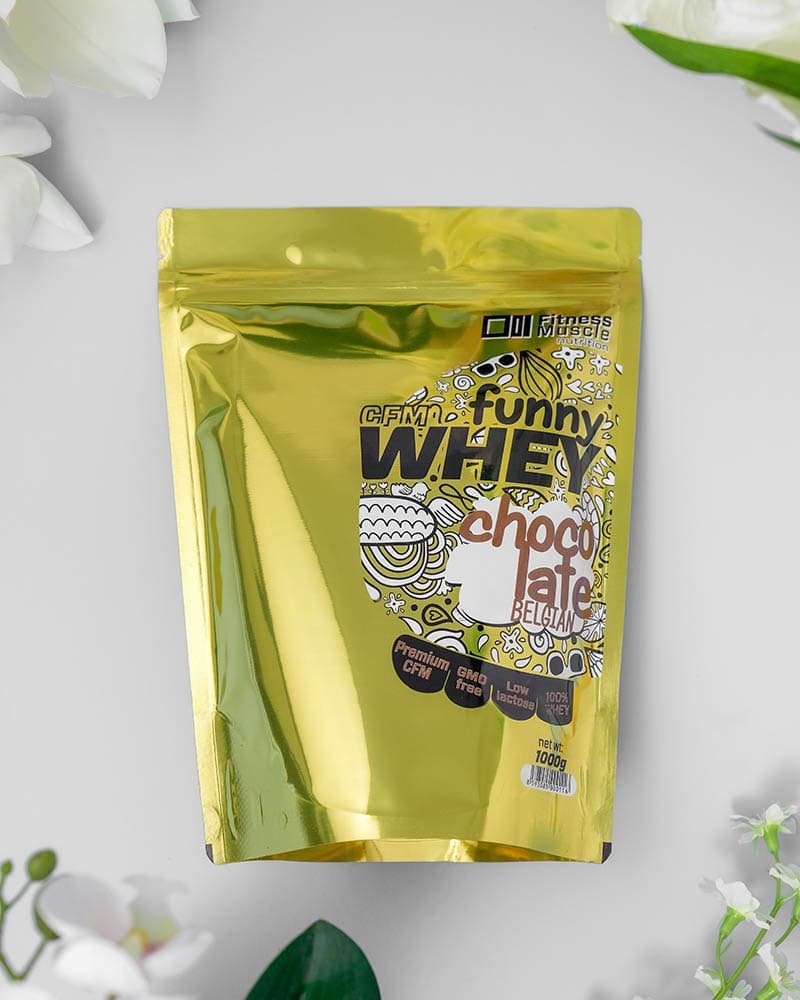
Personal Care & Cosmetics
Sample sachets, refill pouches, and flexible tubes for creams or lotions demonstrate how versatile flexible packaging can be in the beauty industry. Lightweight sachets are an economical way for brands to offer trial versions.
Medical & Pharmaceuticals
Sterile pouches—used for syringes, surgical instruments, or gauze—rely on advanced barrier films to maintain hygiene. Customized film laminations protect against moisture, oxygen, and contaminants.
E-commerce
Many online retailers use poly mailers and bubble mailers for apparel, accessories, or other non-fragile items. The surge in online shopping has propelled flexible packaging adoption by 35% in recent years (Statista).
Applications of Rigid Packaging
Fragile Goods
Electronics, glassware, ceramics, or premium tableware demand secure, protective structures. Corrugated boxes with foam inserts or molded pulp trays guard items during transit.
Luxury & Gift Items
Perfumes, upscale confections, and limited-edition collectibles often employ rigid boxes. The unboxing experience—pulling off a lid or opening a magnetic closure—can amplify brand prestige.
Beverage Industry
Despite some inroads by flexible pouches (for instance, wine in a bag), the bulk of carbonated and non-carbonated drinks still come in bottles and cans. Rigid containers maintain carbonation, freshness, and brand recognition.
Bulk Storage
Industrial or large-scale containers, drums, and totes are almost exclusively rigid. They stand up to rigorous handling, stacking, and transportation within factories or across supply chains.
Sustainability: Flexible vs Rigid Packaging
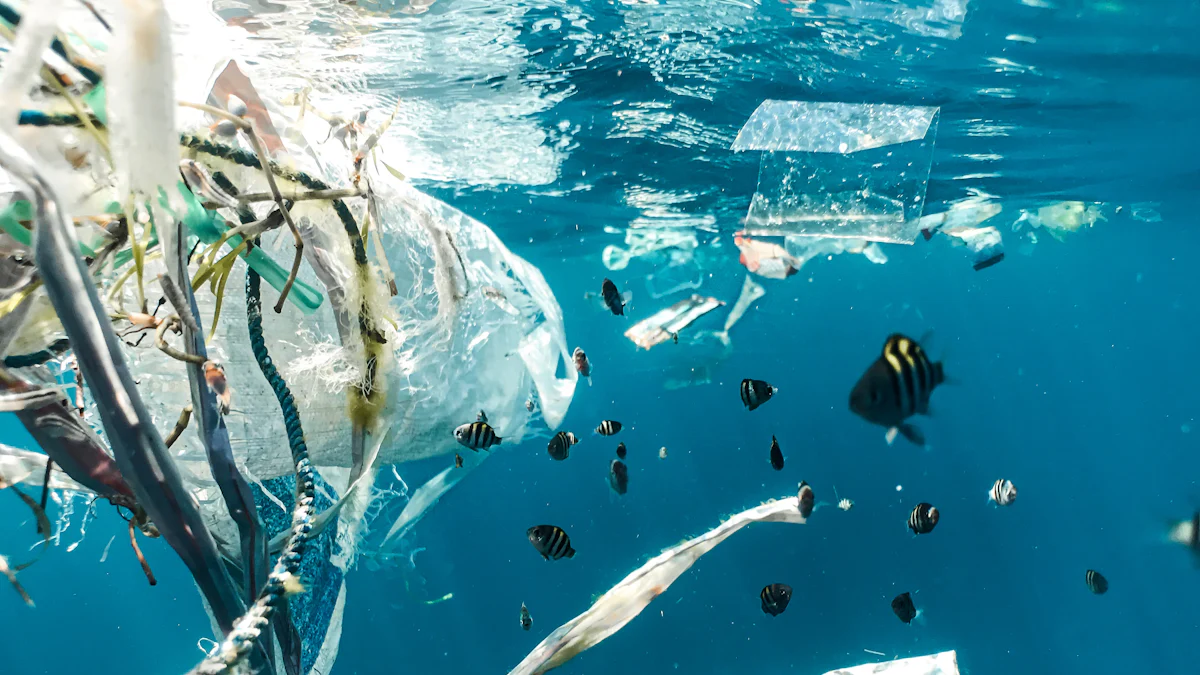
With global emphasis on waste reduction and carbon footprint management, sustainability is more than a buzzword—it’s a competitive differentiator.
Carbon Footprint
Flexible packaging often yields lower carbon emissions in transportation because of its lighter weight. For brands shipping thousands of units, the cumulative emission savings can be substantial.
Recyclability
Rigid packaging typically edges out in recycling rates, especially for aluminum, steel, and glass. Many municipalities worldwide have established recycling streams for these materials, enabling more closed-loop usage.
Market Movement
Consumer demand for sustainable packaging pushes brands to innovate. Flexible packaging manufacturers are experimenting with single-material laminates and biodegradable films. Some companies combine rigid exteriors with flexible, refillable interior pouches to reduce overall waste.
Circular Economy Approaches
A circular economy aims to keep materials in use for as long as possible. Rigid packaging can be repeatedly recycled without significant quality loss (e.g., glass and metals). Flexible materials, once improved with recycling-friendly compositions, could complement circular models by minimizing resource use at the outset.
Future Trends in Packaging: Flexible vs Rigid
Packaging innovation never stands still. As markets evolve and consumer demands shift, expect new products that blend the best attributes of both flexible and rigid forms.
Hybrid Solutions
Increasingly, brands experiment with hybrid packaging—rigid shells that provide structure combined with flexible pouches or film inserts. This approach can reduce costs and material usage while preserving product shape and premium aesthetics.
Smart Packaging
Technologies like NFC chips, QR codes, and temperature sensors are being integrated into both flexible and rigid packs. These “smart” features enable real-time product tracking, authenticity verification, and interactive consumer experiences.
Innovative Materials
Bio-based plastics, compostable films, and molded pulp are under active development, addressing concerns about petrochemical-based plastics. Rigid packaging could also see transformations with biodegradable or recycled content, bridging the gap between robust protection and environmental stewardship.
Personalization & Limited Editions
Digital printing advancements allow quick design changes and short-run packaging for special promotions or personalized offerings. Both flexible and rigid solutions stand to benefit, although flexible materials often more readily support smaller print runs at lower costs.
Frequently Asked Questions About Flexible and Rigid Packaging
What are the main differences between flexible and rigid packaging?
Flexible packaging is lightweight, cost-effective, and easily adaptable to various shapes, whereas rigid packaging provides strong structural integrity, higher recyclability rates, and a more premium feel.
When should I choose flexible packaging over rigid packaging?
Flexible packaging often suits products that are less fragile, prioritize cost savings, or benefit from transparent or lightweight formats (e.g., snacks, cosmetics, single-serve beverages).
What are the environmental impacts of flexible vs rigid packaging?
Rigid packaging tends to have higher recyclability (about 90%), but it’s heavier and requires more materials. Flexible packaging has a smaller shipping footprint, but only 60% is recyclable due to multi-layer films, though advancements are ongoing.
How do costs compare between flexible and rigid packaging?
Flexible solutions are typically 20-30% cheaper due to lower material and freight costs. However, rigid packaging might offer long-term savings if its recyclability or brand impact outweighs initial costs.
Which type of packaging offers better product protection?
Rigid packaging generally provides stronger protection for fragile or high-value goods, although flexible packs with advanced barrier layers have improved significantly for certain products like coffee, meat, and even liquids.
Conclusion: Making the Right Packaging Choice for Your Product
Choosing between flexible and rigid packaging involves a nuanced assessment of product requirements, brand identity, consumer preferences, and sustainability targets. While flexible solutions excel in cost-effectiveness, lightweight shipping, and transparency, rigid packaging often delivers sturdiness, premium appeal, and broader recyclability.
Ultimately, there’s no universal solution—many brands even embrace hybrid approaches. They may use rigid exteriors for brand storytelling and durability while incorporating flexible pouches to reduce material usage and shipping weight. As market trends evolve, particularly around sustainability and consumer-driven customizations, innovations are constantly reshaping the packaging landscape.
Before finalizing your packaging strategy, consider conducting pilot tests or surveys to gather consumer feedback. Assess your supply chain’s capacity for handling each packaging type and consult with specialized packaging engineers or sustainability experts if needed. By aligning packaging materials with your brand values and product demands, you can safeguard your goods, entice buyers, and reduce environmental impact—all crucial factors in succeeding in today’s competitive marketplace.
Contact for a Free Consultation!

